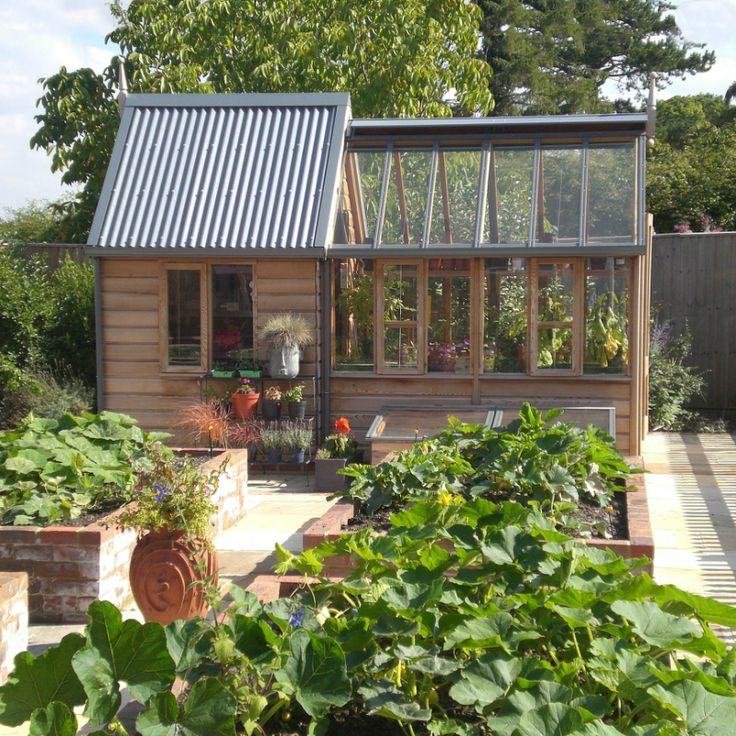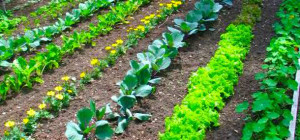When it comes to introducing a greenhouse to your garden, you have so many different things to consider. From knowing which part of the garden receives the most sunlight throughout the day, to the warmest and best areas for ventilation. These elements may seem small, but each are huge contributing factors and will have a strong influence on how well your projects turn out.
One really important thing to consider, which applies mainly to the interior of your greenhouse, is your greenhouse staging. It’s really important to get this right, as it will have the biggest effect on how well your plants grow.

The Right Material
The material you choose for your greenhouse staging is all dependent on the type of plants you want to grow and what will the shelving will be used for. For lighter, smaller plants you’ll get away with a lighter material. For those wanting to store heavier items such as heaters and tools, you’ll need a durable material to prevent any breakage. The best material to choose for light to heavy potted plants is aluminium. Aluminium staging is perfect because it’s not too bulky, the material is sturdy enough to hold the plants but it isn’t going to take up too much space. You often find that potted plants can leak and cause some excess water build up on the shelving.
This is another reason for aluminium being a better choice for this type of greenhouse use. You then have wooden staging. Wooden staging is stronger, however also takes up much more space. If you’re planning on having very heavy plants, along with appliances and tools on your staging, then wood is the best material for this.
Selecting the Tiers
You need to decide on a number of staging tiers to ensure you get the most out of your greenhouse. By introducing a few tiers, you can really utilise the space you have. If you’re wanting to plant small, delicate plants, then one tier may be okay for you. This will enable the plants on your shelf to gain constant sunlight, keep warm and nourished throughout their growing stages. If you have a larger greenhouse, however, you may find that multiple tiers suit your layout better. This way you can spread out your plants across the tiers and not have them squashed together on one smaller shelf.
Colour Options
Many people overlook this element when it comes to their greenhouse staging, however it’s really important to consider the colours used within your greenhouse staging. Bright colours are more likely to detract natural sunlight, which isn’t ideal when you’re growing plants that require endless amounts of light to help the grow. Aluminium staging is ideal for keeping the area cool, without detracting too much light.
Whilst you want the light to filter through, adding darker colours will attract too much light and result in the greenhouse becoming very warm and stuffy, which isn’t always ideal. Think about the plants you want to grow, as this will help you decide what colour type will be best suited to help with your gardening projects.
Switching it Up
After figuring out the material, quantity and colour of your greenhouse staging, you can start to look at options for switching your staging up a little bit. Having the option of altering your staging height, moving the staging from one side of the greenhouse to the other and being able to move shelves as and when you need is all really useful. It’s always better to have the option to change things, than having your greenhouse staging set the way it is and not being able to switch things up as you change your projects around.







